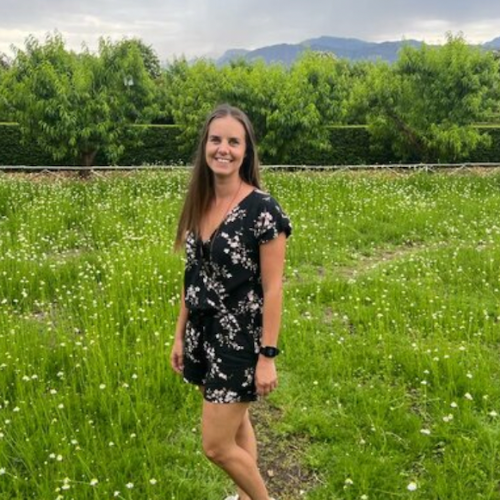The park is also home to elegant klipspringer antelopes, elusive leopards, wild cats, and a number of rare bird species, with the land co-managed by local Nama communities as part of the Richtersveld Community Conservancy. And it’s these communities that make Richtersveld such an important cultural site, for the land here sustains semi-nomadic, pastoral practices that have been used in southern Africa for some two millennia.
Travellers interested in culture and history would also do well to visit the region’s ancient petroglyphs. Located on black dolomite rocks throughout the park, perhaps the best of these fascinating geometric engravings can be seen near the Senderlingsdrift border post with Namibia.
As for activities in Richtersveld, community tourism enterprises offer guided hikes along the park’s designated trails, while bird-lovers will want to explore the Orange River. Though not as rich in birdlife as other areas of South Africa, over 120 species have been sighted in the park, and leisurely canoe trips along the river afford satisfying views of many species in a surprisingly short distance.
At the mouth of the river, for example, you might see flamingos, spoonbills, little bitterns, white-backed night herons and Maccoa ducks, while the coastal plains afford thrilling opportunities to spot raptors, up to eight species of lark, and many more species besides.
2. Orange River
Staying with the Orange River, fear not if you’re more into extreme pursuits than serene bird-watching - this region has plenty to satisfy the cravings of even the most addicted adrenaline junkie. Rising near the border between South Africa and Lesotho, surging west towards the Atlantic Ocean, and flowing north to the border between Namibia and South Africa, the glistening Orange River is backed by green banks that strike a contrast with the surrounding burnished-orange plains and slopes.











